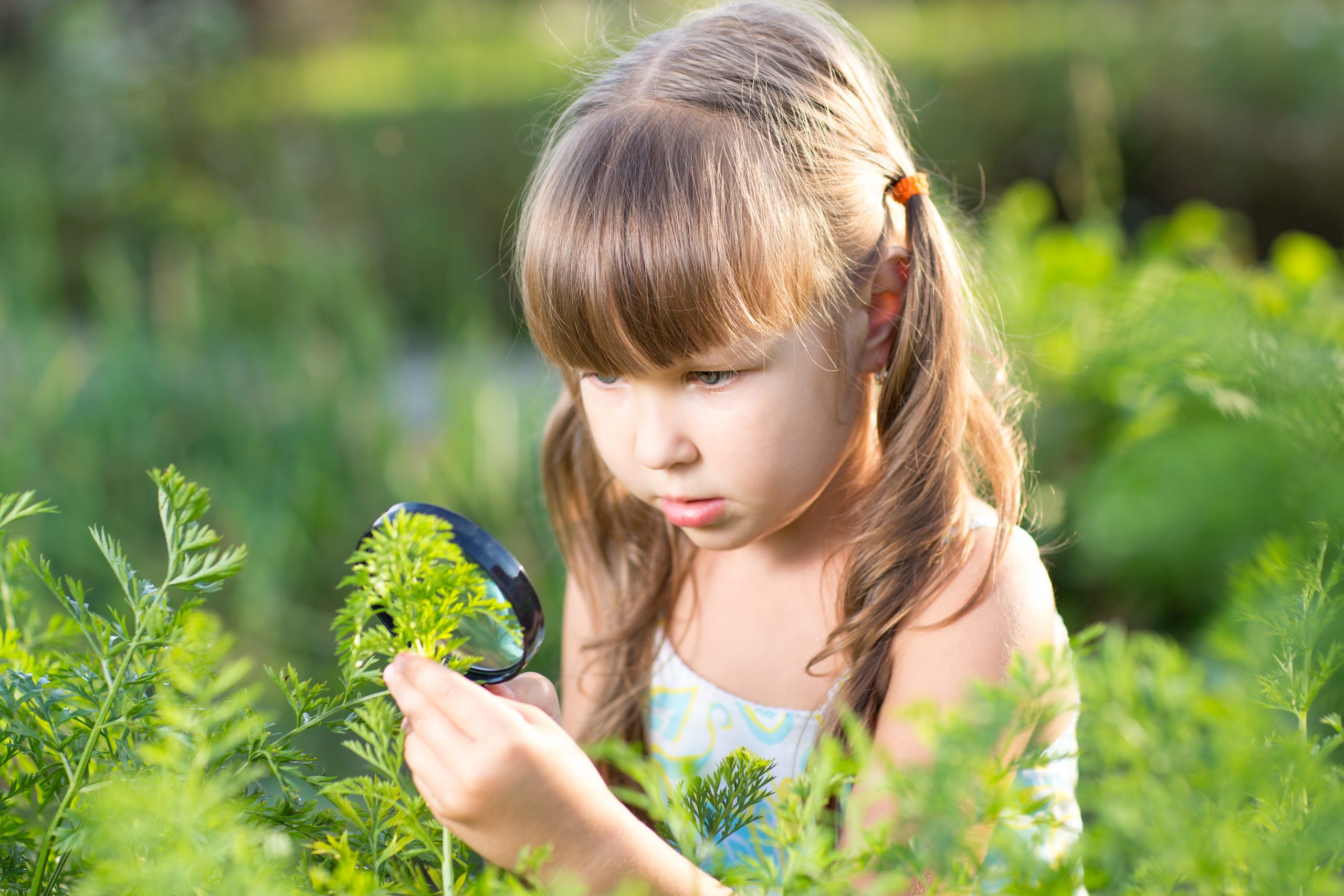As the editor of Click, I test every experiment published in the magazine. Our goal is to present simple, hands-on activities that will inspire children to think, wonder, learn, and have fun! But some experiments just don’t work out the way you plan.
Consider, for example, the short activity on page 16 of the September issue. It is meant to demonstrate the role of sunlight in making chlorophyll—and hence in making plants green. Because it accompanies an article that describes how fall leaves change color, I tried the experiment on the leaf of a bush first. (The trees in my neighborhood are all fairly tall, and I thought tree leaves would be difficult for a five-year-old to reach.) Rain, wind, and general bad weather made it nearly impossible to keep any sort of sunlight blocker attached to the leaf, however, so I moved indoors.
Next I tried a house plant or, more correctly, an office plant—a philodendron that thrives on my coworker’s windowsill.

Using a paper clip, I attached a sturdy 2-inch square of cardboard to a leaf on the plant, then waited. I checked the leaf after three weeks: no change. I waited another two weeks, and instead of turning yellow, the section of leaf under the square looked darker green than the rest of the leaf!
What could be going on? Well, one reason philodendrons make such fine house plants is that they have adapted to low-level light conditions. Perhaps the covered section was overcompensating and I’d need to cover more than just a small area of leaf, maybe a whole leaf or even several leaves. Or could there be another explanation? The experiment I was attempting was based on my research on tree leaves, not vine leaves.
Meanwhile, the magazine printer deadlines were creeping up. I did not have another five weeks to try and possibly fail again. I needed something that definitely worked!
Many children may have already observed—and wondered why—the grass beneath a toy left out on the lawn turns yellow in just a week or two. I’ve certainly seen it happen in my yard. So I turned to grass, and this time, the activity worked just as predicted. You can see the photographic proof both below and in the magazine.

I haven’t forgotten the philodendron. Its surprising behavior prompts all sorts of questions that I’m eager to explore. There just wasn’t enough time or space to work them into the September issue on color. But I’m keeping them in mind for future planning. An issue on plants could offer the perfect opportunity. Stay tuned!



